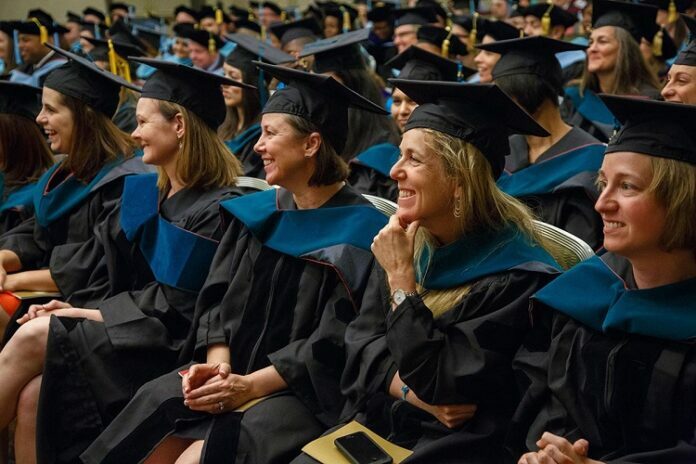Deciding on a post-secondary degree program can be challenging in the face of poor employment numbers. Unemployment affects those with degrees and those without. The rates aren’t necessarily the same, but the implication is that it pays to explore your goals and the impact a slow economy may have on your ability to work in your chosen field. For some, this means choosing a realistic degree program. For others, this may mean waiting on a college education.
Some of the most frustrating statistics for college graduates are those related to unemployment in their areas of concentration. Those with clinical psychology degrees, for example, face 19.5 percent unemployment rates. Fine arts, United States history, library science and military technologies round out the top five degrees with highest unemployment rates, each with greater than 10 percent unemployment. Degrees that are experiencing minimal unemployment are medical laboratory technician, nursing, treatment therapy, medical assisting services and agriculture production management.






